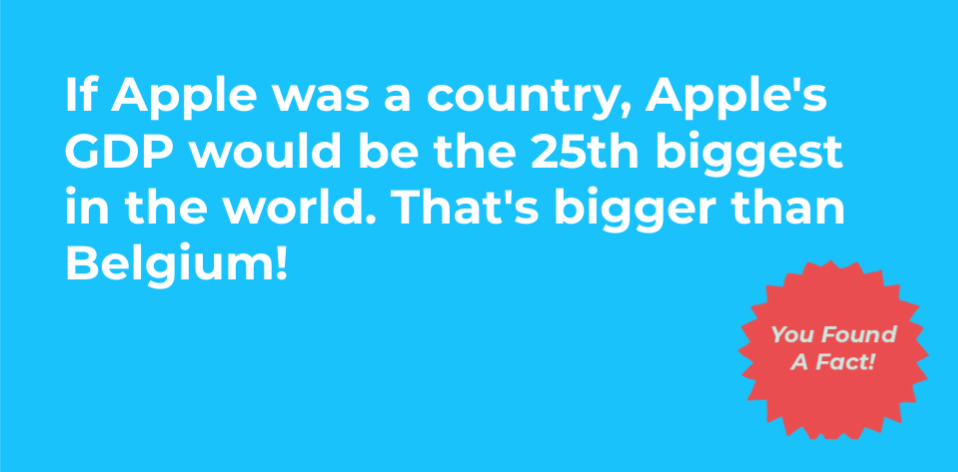What is GDP?
GDP (Gross Domestic Product) is all about how “big” the economy is, i.e. what the total worth is of all the goods and services that a country produces. GDP is measured by adding up the monetary value of all the stuff a country makes in a year. That’s both material things like cars , as well as immaterial things like taxi rides.¹
GDP has become the number one way economists, politicians and journalists measure the economy. The basic idea of measuring and adding up all the goods and services produced in an economy started in the US in the 1930s, but really took off during the Second World War. Allied governments wanted a sense of the number of weapons their economies could produce without collapsing, so GDP was developed as a way to plan armament production. Since then, it’s developed into the primary way of measuring economic success.²³

A particularly dominant idea is ‘GDP per capita’, which basically means the total GDP of a country divided by all the people who live in that country. GDP per capita has become the go-to indicator for comparing the success of different economies across different countries. The general idea is that the higher the GDP per capita, the more wealth there will be for each person in the economy, and so the better off everyone will be. GDP per capita varies quite dramatically across countries. In 2015 the GDP per capita in the USA was $55805 while in Afghanistan it was only $1947, just over 28 times larger.⁴
The problem with measuring the success of an economy by how big its GDP is, is that it measures some things that aren’t necessarily positive for the economy, and ignores others which are.
Take the environment, for example. Environmental disasters, such as oil spills, can actually end up increasing GDP, as the clean-up operations create job opportunities and extra spending.⁵ The more economies pollute and deplete their environmental resources to increase production and consumption, the more GDP will increase – which isn’t necessarily a good thing.
GDP also ignores inequality within economies, as it only looks at the size of the economy, rather than how wealth and income is distributed within it. This means a country can have a very high GDP per capita, but in reality only a very small minority of people actually have all the wealth in the economy.
Plus, GDP Doesn’t account for the value of immaterial state-provided goods like education and healthcare, or unpaid work like work in the home, or the value of leisure time without any good or service attached to it – all of which are valuable parts of our economies that shouldn’t really go unaccounted for.⁶



